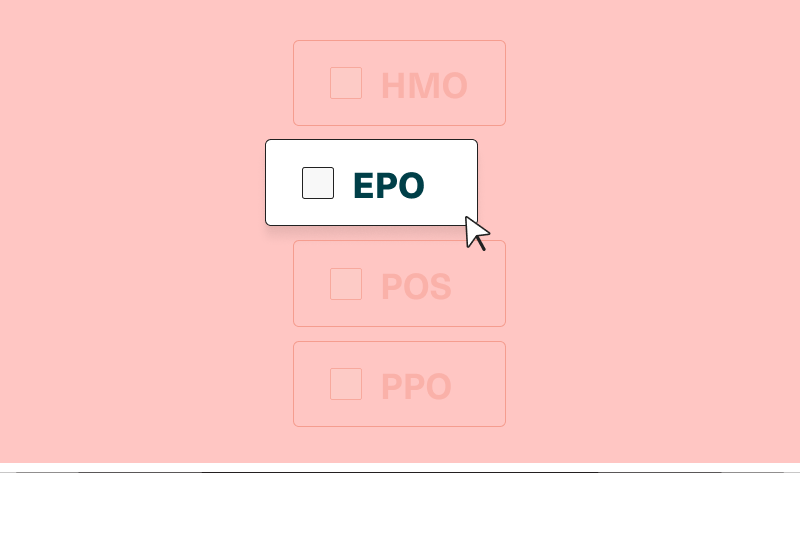Why Level-funded health plans are becoming the new normal for small businesses

Offering health care benefits to employees is no longer just an option; it is a matter of survival, yet the cost of traditional plans makes it the second biggest expense to small businesses. As your company may be struggling in the era of COVID-19, every dollar counts, but so does attracting and retaining top talent. Small businesses face a tough dilemma: pay up for health care benefits or risk losing the best people that help your company innovate and grow.
Related: Level-funded vs self-funded plans – what’s the difference?
With the rising costs of healthcare in the U.S., it’s no wonder so many small businesses are seeking alternatives to expensive traditional health care plans. Pricing is based on risk. Carriers carry all of the risk, so their pricing can be high. If your employee claims exceed the annual premium you pay the carrier, the carrier loses that money.
The assumption of this risk gives them complete control. Carriers can raise your annual premiums as they deem appropriate without much notice of or explanation for rate increases. This makes it nearly impossible for businesses of all sizes to forecast spend or accurately budget from year to year.
Fortunately, you have options that not only cost less but offer more flexibility and control. Larger businesses are moving to self-funded health plans, but small businesses have another option: level-funded health plans.
Level-funded plans are a type of self-funded health plan that give small businesses a way to provide more flexible employee health coverage at a lower, more predictable rate based on actual usage. Kaiser Family Foundation found that about 13 percent of small firms have a level-funded health plan, and 31 percent of covered workers are in this type of plan. As health care costs continue to escalate, it is expected these numbers will only grow.
With traditional, fully-funded health plans, carriers set a premium each year that companies pay whether their employees use the coverage or not. Plans are inflexible, limited, and becoming increasingly cost-prohibitive for smaller businesses. The only real bright spot is that because your premium is set in stone each year, you know exactly what you will pay – that year. Subsequent years are anything but predictable.
In a level-funded health plan, you get that same predictability but those monthly costs pay for actual claims. If your employee claims totals are less than your annual payment total, you get reimbursed the difference. You can put that money back into the plan fund to pay subsequent months, or you can invest it into other business opportunities. Either way, you have control and are only paying for what was used.
On the other hand, if your total employee claims total more than your monthly payment, stop-loss insurance covers the difference. Yes, you will pay for that insurance because they now carry the risk for losses that exceed deductibles, but it is significantly cheaper than paying for a fully-funded, traditional health care plan.
Stop-Loss insurance: the basics
Stop-loss insurance is also known as excess insurance. It protects companies against catastrophic or unpredictable losses due to health care claims. Because of this protective measure, many companies look at stop-loss insurance as less of a type of medical insurance and more as a financial and risk management tool. With prices capped, you know what your health benefits costs are each month, and you have peace of mind that if claims exceed that amount, your insurance covers the rest.
According to the Health Care Administrators Association, there are two types of stop-loss insurance:
- Specific Stop-Loss, or individual stop-loss, provides protection for the employer against a single, high claim on any one employee.
- Aggregate Stop-Loss provides a cap on the dollar amount of all eligible expenses that an employer would pay in total during a contract period, reimbursing the employer for any overages.
Most experts agree that small businesses would protect their level-funded health plan with both types of stop-loss insurance. As the employer, you can determine the maximum liability per employee with Specific Stop-Loss insurance, setting a cap before stop-loss insurance will kick in. It all depends on how much risk you are willing to take. You can often include prescription drugs in your coverage, a good idea given the cost of prescription drugs in the U.S.
Related: When should my startup begin offering health insurance?
For Aggregate Stop-Loss insurance, the carrier you choose will determine the cap and when they will assume responsibility. They will look at employee enrollment numbers and the history of claims before estimating the average monthly claims going forward and calculating the aggregate deductible.
With comprehensive coverage, have alignment between your level-funded health plan and your stop-loss insurance plan. Whatever eligibility requirements you have on your health plan are matched on your stop-loss insurance plan. Your stop-loss insurance carrier will automatically and quickly reimburse you for covered claims that exceed your health insurance cap.
When choosing a stop-loss insurance provider, be sure you understand the rates, terms, and conditions before signing on the dotted line. You should also ask if those rates, terms, and conditions are all locked-in, meaning the provider cannot make adjustments during the contract period.
Level-funded health plans are giving small business leaders hope, even in challenging times. It has never been easier to offer your employees excellent health care benefits while still limiting your costs and risk with much greater predictability.






